Counterfeit Detection: 1880 Shield Nickel
Posted on 14/05/2019
In 1880, the US Mint struck 3,955 Proof and 16,000 Mint State Shield Nickels. Interestingly, those numbers represent the second-highest mintage of the series for Proof coins, and the lowest mintage of the series for circulation issue pieces.
Although they had a higher mintage, the Mint State coins fetch a far bigger premium in today’s marketplace. For example, just this January an NGC AU 55 example sold for nearly $4,000 while an NGC PF 66★ brought only $1,020 in the same auction.
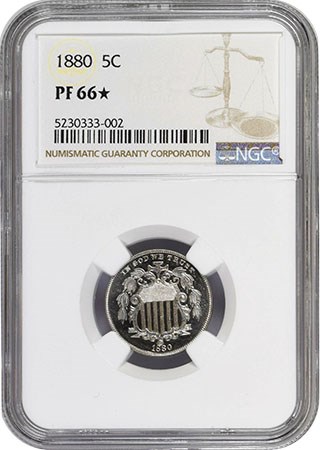 |
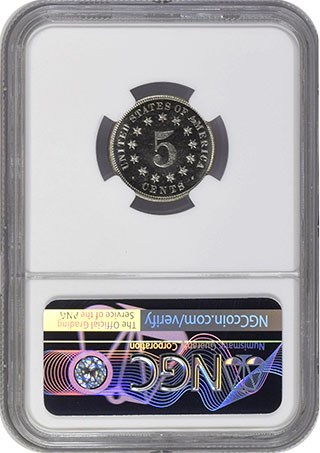 |
| This 1880 Proof Shield Nickel brought $1,020 at auction in January 2019. Click images to enlarge. |
|
Due to the extremely large price difference between the Mint State and Proof coins, as well as between this date and other dates, NGC graders must remain extremely vigilant in looking for counterfeits and alterations.
Recently, a Mint State example of this rare coin was submitted by a collector for certification.
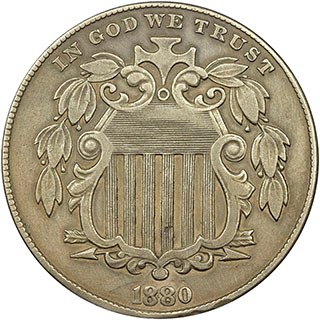 |
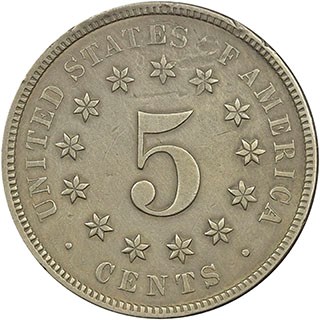 |
| Altered 1880 Shield Nickel Click images to enlarge. |
|
Unfortunately for the submitter, the coin they sent in was not a genuine 1880 Shield Nickel.
At first glance, the coin already looks concerning. The surfaces have clearly been altered as they have an odd matte-like appearance with no luster. That alone would immediately raise the suspicions of the grader that perhaps this is a Proof altered to appear Mint State.
However, that is not the case. Instead, take a closer look at the date.
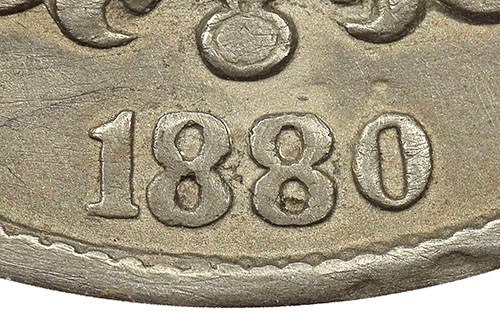 |
| Close-up of altered date on 1880 Shield Nickel. Click image to enlarge. |
As you can see, the “0” in the date looks much smaller and has a different surface texture than the other three digits. This is due to the fact that the counterfeit date was likely accomplished by a forger using the metal that was there from the original date. Looking at the mintage figures, it seems very likely that the coin may have originally been dated 1882, 1883, or even 1870 as those coins had mintages of 11.4 million, 1.4 million and 4.8 million, respectively.
Clearly, this would be a profitable endeavor for a counterfeiter, as the Guide Book of United States Coins (the Red Book) lists the G-4 values of the 1870, 1882 and 1883 issues at $25 to $30, whereas the 1880 in the same grade is $1,500!
It is possible that the counterfeiter had to alter the entire surfaces of this coin to make his efforts to change the date less obvious. Still, this coin was not a particularly well-done alteration. It was clearly deceptive enough, however, to slip by at least one collector. This is why it is important to always closely inspect the date or mintmark on rare dates or date-and-mintmark combinations.
However, the safest thing to do would be to simply purchase an example of the rarity that has already been authenticated and graded by NGC, as NGC-graded coins are backed up by one of the strongest guarantees in numismatics.
Did you know? NGC has created a comprehensive Counterfeit Detection resource to help collectors and dealers identify counterfeit and altered coins. Visit NGCcoin.com/counterfeit.
Stay Informed
Want news like this delivered to your inbox once a month? Subscribe to the free NGC eNewsletter today!
